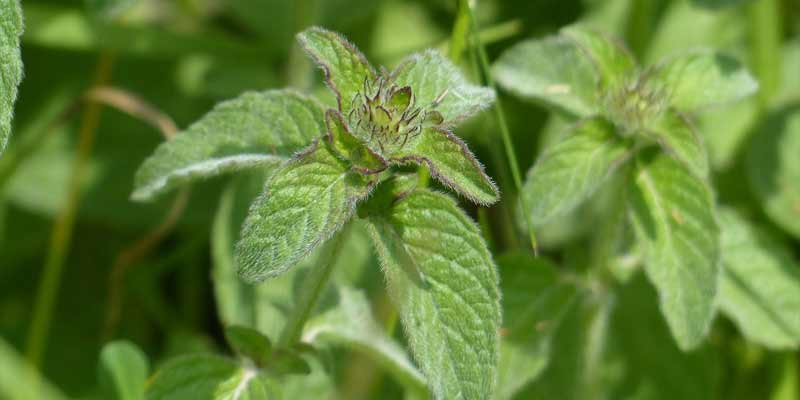With its refreshing aroma and versatile applications in culinary and medicinal fields, mint garners global adoration as a beloved herb. Understanding the water requirements of mint—whether you cultivate peppermint, spearmint, or any other variety—is crucial to fostering healthy, vibrant plants.
This article delves into the factors that influence a mint’s hydration needs; furthermore, it provides practical tips for effective watering strategies specific to growing conditions.
Understanding Mint’s Water Needs
Known for its vigorous growth and spreading nature, mint thrives in moist, well-draining soil. Like many herbs, mints prefer consistent moisture but can also suffer from over-watering or under-watering.
Several factors influence mint’s water needs: climate; soil type; container size (if grown in pots), and stage of growth.
Climate
The water requirements of mint plants significantly depend on climate. In hot, arid regions where rapid evaporation causes a loss of moisture, you need to water them more frequently.
In cooler and more humid climates, however; the necessity for hydration decreases but consistent moisture still promotes healthy growth in mint.
Soil Type
The soil type in which mint grows significantly influences its water requirements, specifically, it thrives best in loamy and well-draining soil—soil that efficiently retains moisture without succumbing to waterlogging.
Sandy soils, due to their composition, drain rapidly and thus may necessitate more frequent watering for optimal growth; on the other hand–clayey earth holds onto moisture with tenacity—but this can potentially lead to root health complications as they tend towards compaction.
By amending the soil with organic matter, particularly compost, you can enhance its capacity for retaining water; furthermore, this action fosters optimal growth.
Container Size
The size of the pot directly influences the water requirements when cultivating mint in containers. Larger pots—holding more soil and moisture—decrease watering frequency compared to their smaller counterparts.
Moreover, containers featuring drainage holes serve a crucial purpose; they facilitate escape from excess water – thereby averting issues related to waterlogging and root rot.
Stage of Growth
The growth stage indeed determines the water requirements of mint plants; specifically, young mint and recently transplanted ones need more frequent watering to establish a robust root system.
While their need for water may lessen as maturity sets in, constant moisture is still crucial to sustain vigorous growth and stave off wilting.
Watering Tips for Mint Plants
Consistently Water
Strive to maintain a consistently moist soil, avoiding waterlogging. Deeply irrigate the plants and verify that moisture permeates into the root zone.
Mulch
Apply a layer of organic mulch, straw, or shredded bark. For instance, around the mint plants’ base, this action will aid in retaining soil moisture; it suppresses weeds and regulates soil temperature.
Monitor Soil Moisture
Regularly gauge the soil’s moisture levels by plunging your finger into the ground proximal to plant bases; should you find that the uppermost inch of soil feels arid – proceed with watering.
Morning Watering
When you water your mint plants in the morning, it enables any surplus moisture to evaporate throughout the day – this action minimizes potential fungal disease risks. Prevent prolonged leaf wetness by refraining from evening watering.
Employ Drip Irrigation or Soaker Hoses
Drip irrigation systems and soaker hoses, by delivering water directly to the root zone – not only minimize water waste but also decrease the probability of foliar diseases.
Overwatering
Although mint thrives in moist conditions, excessive watering can result in root rot and other problems related to too much moisture. To prevent waterlogged conditions, it is crucial to let the soil dry out slightly between each watering session.
Modify the Watering Frequency
Base the frequency of watering on environmental conditions, including temperature, humidity, and rainfall. Mint plants might necessitate more frequent hydration during periods of severe heat or drought to sustain their moisture levels.
Conclusion
Essential for successful cultivation and bountiful harvests is an understanding of mint plants’ water needs. Gardeners can guarantee thriving mint plants throughout the growing season by providing consistent moisture, maintaining well-draining soil, and monitoring environmental conditions.
Devoting proper care and attention to watering will yield you an abundant supply of fresh mint for culinary delights, refreshing beverages, and aromatic pleasures in your garden.


Leave a Reply